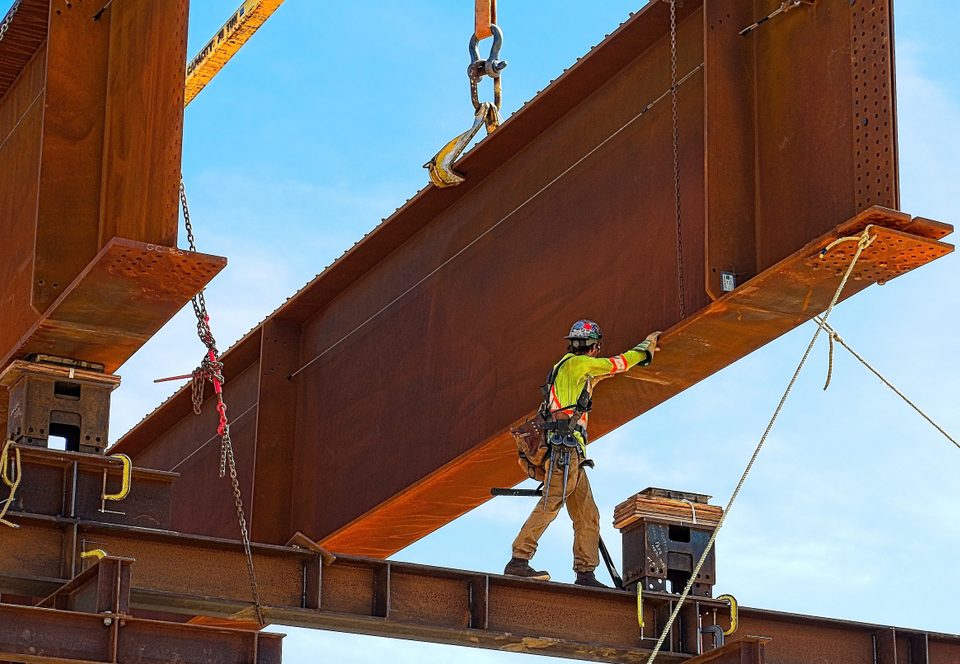Steel Pipe Nominal Size, Scheduling and Differences, Part 1

How Shot Blasting Helps Clean Metals, Part 2
July 24, 2020
Steel Pipe Nominal Size, Scheduling and Differences, Part 2
August 14, 2020When working with steel pipe and other forms of metal piping, attributes like diameter, wall thickness and others are very important. At the same time, as many in the industry will tell you, pipe often isn’t designated directly by these dimensions, but instead by metrics known as pipe schedules and nominal pipe sizes.
At Wasatch Steel, we’ll be happy to explain any relevant designations to you regarding our quality steel pipe, including our bulk steel pipe options. What are nominal pipe size and pipe schedule? In this two-part blog series, we’ll go over these factors plus use a basic example, Schedule 40 vs Schedule 80 pipe, to help explain some of the ways these designations matter when it comes to determining your piping needs.
Nominal Pipe Size
When you hear the term nominal pipe size, what’s being referenced is an approximate measurement of the pipe’s outside diameter. Notice we said approximate – this is not meant to be a precise number, but rather a basic estimate that can be used later for the exact dimensions.
For example, a nominal pipe size of 3 will be in reference to a pipe with an actual outside diameter of 3.t inches. This will vary up and down the scale, which we know can be a bit confusing, but can be easily explained by our pros.
Pipe Schedule
Pipe schedule, on the other hand, refers to the inside diameter and wall thickness of a nominal pipe size. You have to know the nominal pipe size before the schedule number, otherwise the latter means nothing.
When both numbers are known, however, you can obtain precise wall thickness, inside diameter and outside diameter for any steel or metal pipe. There are many simple Pipe Schedule charts used for these areas, which our team will be happy to guide you through as needed.
Schedule 40 Vs. Schedule 80
One common example of the differences in nominal pipe size and schedule number is Schedule 40 pipe versus Schedule 80 pipe, two common formats found in many industries. These will vary in several areas, including wall thickness, inside diameter and weight – Schedule 80 comes with greater thickness and smaller inside diameter, plus higher weight. But again, as we noted, all this will be based on the nominal pipe size, which plays a huge role here.
You should also be aware that there are many other schedule numbers beyond 40 and 80. In part two of our series, we’ll get further into the differences here and what they say about these designations.
For more on varying metal pipe designations, or to learn about any of our steel products or steel services, speak to the staff at Wasatch Steel today.



